Srinagar looks very chaotic while roaming on the roads within the city, but on the shore of Dal Lake everything changes suddenly. It looks like a charismatic destination with a complete package of natural beauty right from the Dal Gate to the beautiful Mughal Gardens of Nishat and Shalimar. Apart from its immense natural beauty, I admire one more thing in Srinagar, the public transport. There are plenty of options available to roam around in Srinagar. Some destinations like The Shankaracharya Temple and The Chasm-e-Shahi may required you to hire a vehicle, but then, there are cheap auto rickshaws available everywhere.

I mean, it’s very easy to navigate in the city without any major hassle. The good thing is that the network of public vehicles is not limited to the city of Srinagar only. Sonmarg, Gulmarg, Yusmarg, Anantnag, Pahalgam, Kokernag..you can easily travel to nearby places using the public transports. Also, there is no overloading of the passengers like other places. In fact, in Tavera (or Qualis, I don’t remember exactly) from Anantnag to Srinagar, the driver informed that, in the middle row, only three people are allowed. Anywhere else they could easily squeezed four people in the middle row.
We wanted to visit Kokernag from Srinagar during our trip. Kokernag, a beautiful sprawling garden in Bringhi Valley, is approx 85 kms away from Srinagar. A direct shared jeep is not available from Srinagar to Kokernag. But, you can reach there by changing the shared jeep in Anantnag. It means, in order to reach Kokernag from Srinagar, first, you have to catch a shared jeep from Srinagar to Anantnag (56 kms) and then from Anantnag, another vehicle to Kokernag. We went near the Dal Gate to get a shared jeep for Kokernag. But, the shared jeep to Anantnag is available at another stand, slightly away from the Dal Gate. The stand is next to the first petrol pump towards the main road to the city center, only few steps away from the Dal Gate.
Surprisingly, the name of Anantnag is famous as Islamabad among the local residents. Hardly, anyone say it Anantnag. I thought, what is in the name, may be they like the name Islamabad much more. I did not pay any attention on the name of Anantnag during my journey. But after many months of that journey, I was interacting with a resident of Kashmir Valley. He informed that the hardcore separatists in Kashmir proposed Anantnag as the future capital of Azad Kashmir. Since the capital of Pakistan is Islamabad, therefore they named the proposed capital of Azad Kashmir as Islamabad.
From the historical point of view, the Mughal governor Islam Khan named this city as Islamabad and later, it became more prominent among the local residents. The local people don’t link it with the separatists. Whatever is the truth, it is Anantnag for official purpose and Islamabad for common conversation.
Anyway, our shared jeep left the crowded road of Srinagar and moved towards Anantnag. The road was badly damaged due to the flood in Kashmir Valley, however, maintenance work was on full swing. A conversation was started with the fellow travellers ( an elderly woman and a young girl) and they shared lot of information about the Saffron of Pampore, the ruins of Awantipur and the famous Kahwa of Kashmir.
Although we were travelling to Kokernag, but we had some piece of excitement between Srinagar and Anantnag also. It was the Saffron Town of Kashmir. We were really excited about the saffron fields of Pampore, only 12 kms away from Srinagar. In fact, Kokernag was not the part of our original itinerary. We just wanted to visit Awantipur by train, so that while returning back from Awantipur, we could also visit Pampore. But later, we included Kokernag, Achhbal, Daksum and Verinag in the itinerary, and cancelled our original plan for Awantipur and Pampore.
Pampore is only 12 kms away from Srinagar and the saffron fields are clearly visible once you cross the main market of Pampore. It was off season, so we could only saw the saffron plants. Locally famous as Mogra, the world’s best saffron flowers normally come alive for a short span of 2 weeks in October-November. Both sides of the road in Pampore are full with the scores of shops selling pure saffron and other dry fruits. We could not see the saffron flowers, but the presence of so many shops testified our journey to the Saffron Town of Kashmir.
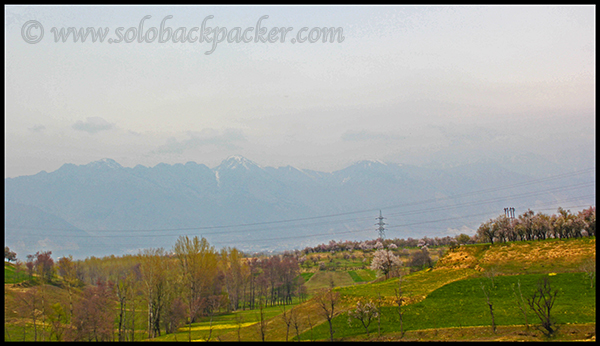
Pampore claims to produce the world’s best saffron. Saffron production is a tough process and it really test the patience of the people involved in the production. They pluck the saffron flowers one by one and normally 1 kg of saffron is produced from 1.75 lac flowers. The best quality Kashmiri Saffron is priced at Rs.70,000-Rs.80,000 per kg.
Moving 14 kms further from Pampore, we reached to the ancient town of Awantipur. It has the ruins of ancient Hindu temples, some of the temples are more than 1000 years old. The main temple Awantiswamin dedicated to Lord Vishnu is situated on a side of the main road only. The complex is in ruined state and we did not find anything interesting while watching it from the moving jeep.
Further 12 kms from Awantipur, there is a small town known as Sangam. Earlier we did not have any idea about that place, so seeing piles of unfinished cricket bats on both sides of the road was a big surprise for us. There are plenty of shops at Sangam, where you can find thousands of cricket bats of different brands. It is a big center of cricket bat industry.
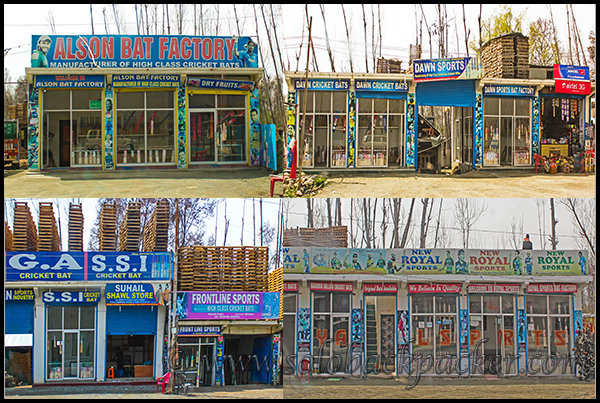
Surprisingly, Jalandhar and Meerut are more famous name in the production of cricket bats. But, while passing through the Sangam town, you can see thousands of Willow trees in the vicinity, standing straight and tall. Anybody can simply understand why their wood is so important to make a cricket bat. Actually, in Jalandhar and Meerut, they also use the same Kashmiri Willow to make the best quality cricket bats. Since the industry is more organised in Jalandhar and Meerut, they get all the credits.
It took us about 2 hours to reach Anantnag after leaving Srinagar. We were hungry by that time, thus went to a nearby restaurant. It was on the first floor. I just climbed on the first step and heard a voice, customers are coming. Who?, the second voice enquired. Indians, the first one replied. It was little weird to hear that in my own country. The second person must got disappointed by his answer. We took our table and asked for the menu. Then we came to know that there were three different menus in the restaurant, one for the locals, second for the Indian tourists and Third one for the foreigners. The food prices are also different as per the menu.
We filled up our tummy and moved towards the jeep stand to catch a jeep for Kokernag. The shared jeeps for Kokernag are not available from the main jeep stand in Anantnag. There isn’t any specific stand for them, so they normally remain parked on the road, slightly away from the main jeep stand.
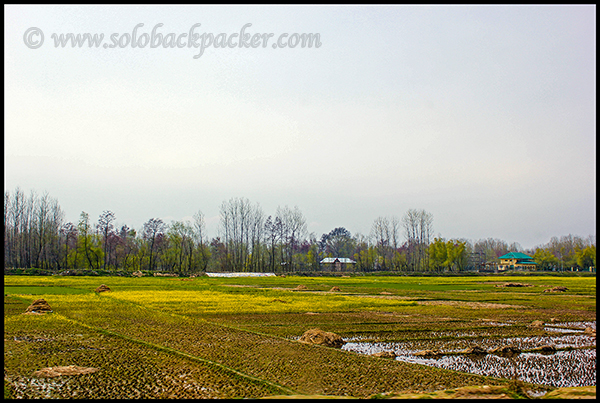
The road journey from Anantnag to Kokernag (27 kms) is not a smooth one. There are lot of bad patches on the road, but the surrounding beauty is just awesome. The locals farmers working in the green fields and the number of the apple orchards on both side of the road are enough to mesmerised you during this journey.
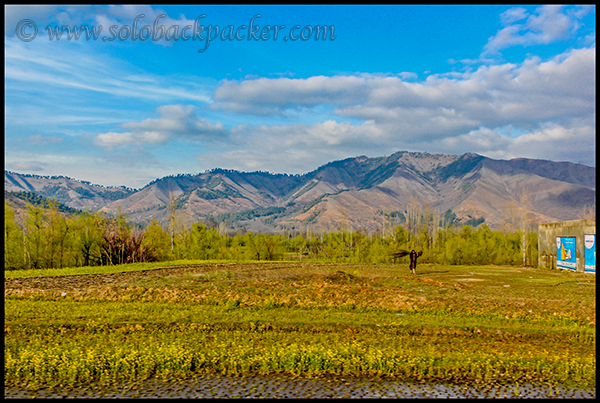

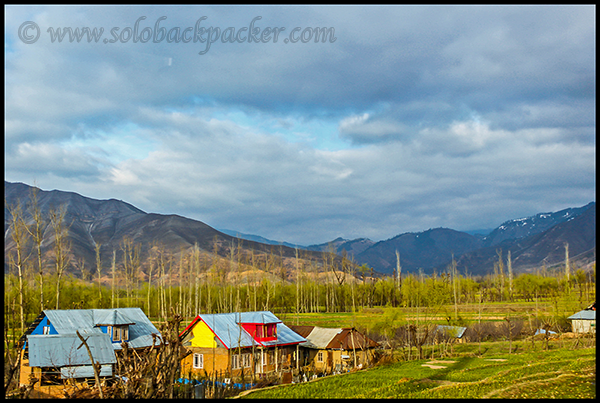
The JKTDC tourist establishment in Kokernag is named as the Hotel Alpine and located on the main road only. But, the entrance of the hotel is from the inside of the garden. There is an entry fee of Rs.30 to enter in the garden. So, even if you have a booking in the hotel, you have to buy a ticket on your first entry to the garden. After that, you can roam around freely for number of days. It is a very beautiful and secluded place, you can say a pure exhibition of nature.
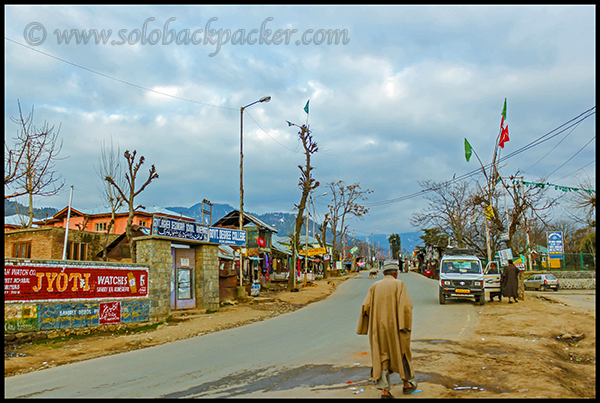
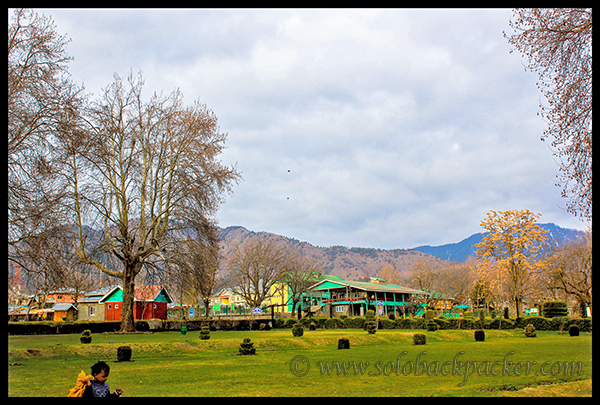
There are lot of other awesome places like Daksum, Sinthan Top, Achhal, Verinag etc, that you can visit near Kokernag. The entire region is a traveler’s delight and insanely peaceful. Let us explore Kokernag and some other awesome destinations in the next post.


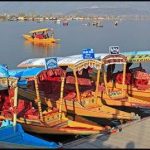
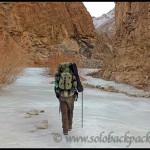




Excellent description which is helpful
Thank You. Glad that you liked it. 🙂